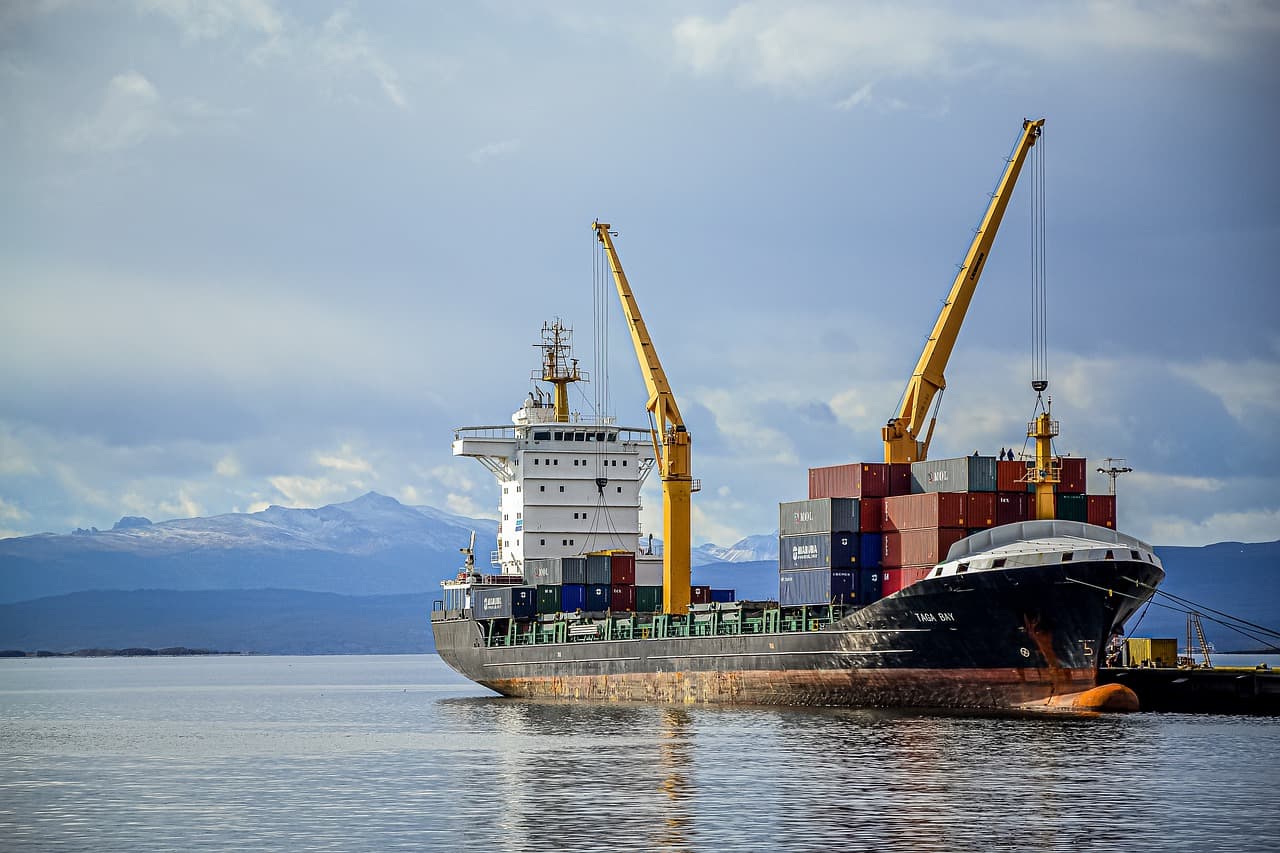Wind-Propelled Cargo Ships: Can They Save the Shipping Industry?
The shipping industry, a critical component of global trade, faces increasing pressure to reduce its environmental footprint. With the urgent need for sustainable practices, wind-propelled cargo ships have emerged as a promising solution. This article delves into how these innovative vessels could potentially transform the shipping sector, making it more eco-friendly and cost-effective.
What are Wind-Propelled Cargo Ships?
Wind-propelled cargo ships utilize large sails or similar technologies to harness wind power, significantly reducing reliance on fossil fuels. These ships are equipped with modern technologies such as automated sails, rotors, and kites, which help in optimizing wind energy usage based on real-time weather data.
Examples of Wind Propulsion Technologies:
- Soft Sails: Traditional fabric sails that can be adjusted according to wind conditions.
- Hard Sails: Fixed wings that are more durable and require less maintenance than soft sails.
- Flettner Rotors: Tall, spinning cylinders that use the Magnus effect to propel ships.
- Kite Sails: Large kites flown at high altitudes to capture stronger winds.
Benefits of Wind-Propelled Cargo Ships
Environmental Impact
The primary advantage of using wind as a power source is the significant reduction in carbon emissions. Traditional cargo ships are major contributors to global CO2 emissions, and shifting to wind power could help mitigate this issue.
Shop Boat Steering Equipment Now
Cost-Effectiveness
Fuel costs are a substantial part of operating expenses for cargo ships. Wind propulsion offers a free energy source after the initial investment in technology, potentially leading to lower operational costs.
Energy Independence
By relying on wind, shipping companies can reduce their vulnerability to fuel price fluctuations and availability, enhancing energy security.
Challenges and Considerations
Technological Integration
Integrating wind propulsion with existing ship designs and ensuring they can efficiently operate in all weather conditions remains a challenge.
Initial Costs
The upfront cost for retrofitting old ships or building new ones with advanced wind propulsion systems can be high, though it may pay off in the long run.
Regulatory and Safety Issues
Ensuring these ships meet all international safety and construction standards is crucial, which might require new regulations and adaptations in the industry.
The Future of Wind-Propelled Shipping
Several companies and research projects are already exploring the feasibility of wind-propelled cargo ships. For instance, companies like Norsepower have successfully installed rotor sails on several ships, demonstrating fuel savings of up to 20%.
As technology advances and the industry seeks sustainable alternatives, wind-propelled ships could become a more common sight in our oceans. However, widespread adoption will depend on continued innovation, economic viability, and regulatory support.
Conclusion
Wind-propelled cargo ships offer a promising path toward a more sustainable and cost-effective shipping industry. While there are challenges to overcome, the potential environmental and economic benefits make this an exciting area for future development.
For more insights into innovative solutions and expert advice, connect with Mavyn. Whether you prefer interacting with our AI, Mavyn GPT, or speaking directly with a human expert, we are here to answer your questions and provide the support you need.
